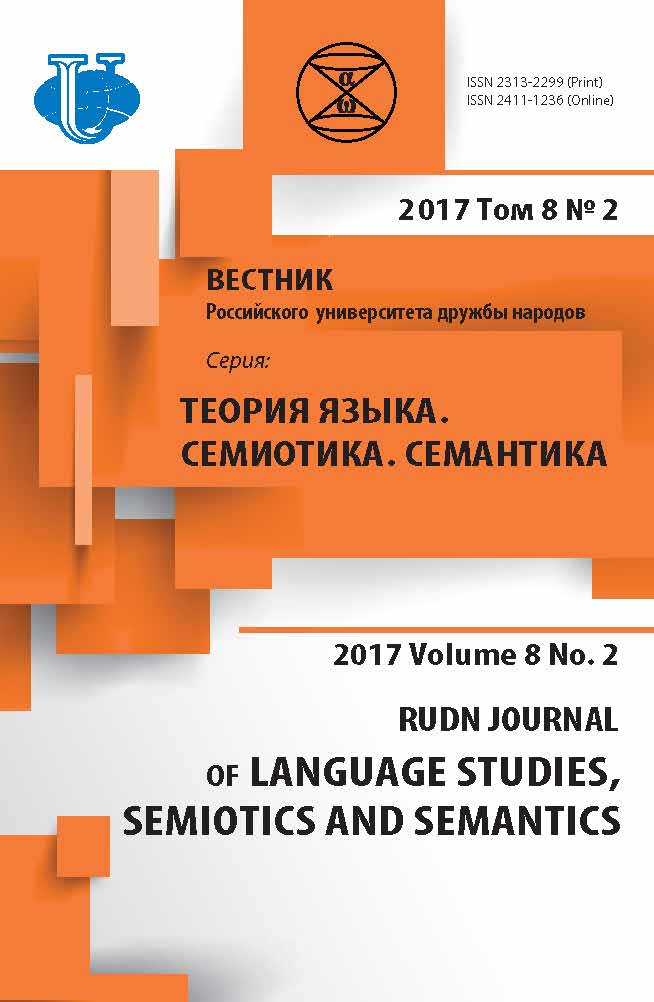Access to Second Language Acquisition
- Authors: Jabballa M.H1
-
Affiliations:
- RUDN University
- Issue: Vol 8, No 2 (2017)
- Pages: 479-484
- Section: ARTICLES
- URL: https://journals.rudn.ru/semiotics-semantics/article/view/16359
- DOI: https://doi.org/10.22363/2313-2299-2017-8-2-479-484
- ID: 16359
Cite item
Full Text
Abstract
This paper discusses the different views on the availability of UG principles in language acquisition of adult second language learners, and summarizes some of the evidence for or against each position. One important issue in current language acquisition research is whether the acquisition of a second language is fundamentally different from that of the first language. Researchers approaching second language acquisition (SLA) from the linguistic perspective often relate this issue to the availability of Universal Grammar to second language acquisition. Universal Grammar (UG) refers to a grammar which is genetically endowed to all human beings and which all languages have in common.
About the authors
Mahmoud H Jabballa
RUDN University
Author for correspondence.
Email: mahmoudm8911@mail.ru
6, Miklukho-Maklaya str., Moscow, Russia, 117198
References
- Bley-Vroman, R. (1989). What is the logical problem of foreign language learning? In: S. Gass & J. Schachter (Eds.), Linguistic perspectives on second language acquisition. p. 41—68. Cambridge, UK: Cambridge University Press.
- Clahsen, H. & Muysken P. (1986). The availability of the Universal Grammar to adult and child learners: The study of acquisition of German word order. Second Language Research, 2, 93—113.
- Cook, V. (1993). Linguistics and second language acquisition. New York: PALGRAVE.
- Ellis, R. (1994). The study of second language acquisition. Oxford: OUP.
- Felix, S. (1985). More evidence on competing cognitive systems see. Second Language Research, 1, 47—72.
- Gregg, K. (1996) The logical and developmental problems of second language acquisition. In W. Ritchie & T. Bhatia (Eds.), Handbook of second language acquisition. p. 49—81. San Diego: Academic Press.
- Mitchell, R. & Myles, F. (2004). Second language learning theories. 2nd ed. New York: OUP.
- Meisel, J. (1997). The acquisition of syntax of negation in French and German: Contrasting first and second language development. Second Language Research, 13(3), 227—263.
- Schachter, J. (1988). Second language acquisition and its relationship to Universal Grammar. Applied Linguistics, 9, 219—235.
- Schwartz, B. (1997). On the basis of the Basic Variety. Second Language Research, 13, 386—402.
- Schwartz, B. & Sprouse, R. (1996). L2 cognitive states and the full transfer/full access model. Second Language Research, 12, 40—72.
- White, L. (1985). The pro-drop parameter in adult second language acquisition. Language Learning, 35, 47—62.
- White, L. (2003). On the nature of interlanguage representation: Universal Grammar in the second language. In: C.J. Doughty & M.H. Long (Eds.), The handbook of second language acquisition. p. 19—42). New York: Blackwell.
Supplementary files












